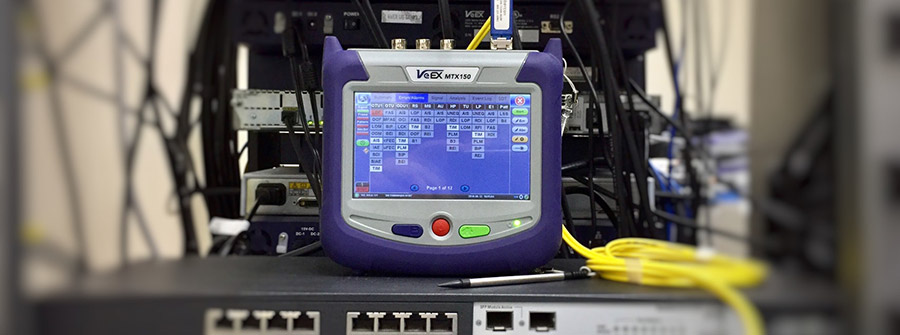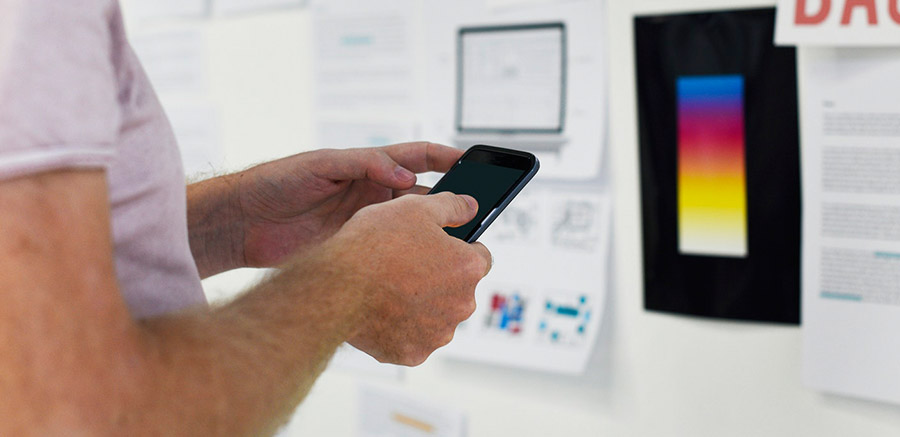For the last couple of years, the blockchain has been the focus of the millions of eyeballs around the world, thanks to Bitcoin. No wonder, many companies are trying new ways to develop a blockchain PoC to optimize their business process.
But what is a Proof of Concept in Blockchain?
Simply put, the blockchain PoC is the process of verifying that the idea has the potential in a real-world situation. Its aim is to determine whether the project is feasible and will function as planned. This can be implemented as either a prototype or a Minimum Viable Product.
Let’s take a look at the most interesting proof of concepts that companies in various industries invest in. We may very well spot the best practices and use cases for deploying blockchain solutions.
Blockchain PoCs in Telecom
Though telecoms appeared late to the blockchain game, they certainly have found the most exciting use cases to apply this technology.

Role-based Access Management
T-mobile is one of the pioneers in the telecom industry to tap into the promising tech of blockchains. End of 2017, the company announced its successful joint initiative with Intel — Hyper Directory. The Hyper Directory is a PoC that helps solve specific enterprise pain points.
The solution brings a role-based access control (RBAC) model to any enterprise app via RESTful API integration.
A well-thought-out UI provides web access to the blockchain, and permissions are managed via smart contracts. Share on XAccording to Chris Spanton, Senior Blockchain Architect with T-Mobile, Hyper Directory helps to address several key concern areas:
- Establish the source of truth for identity and permissions
- Create an immutable log of the “what” and “when” of permission management
- Provide auditing functionality to track changes
Inter-Carrier Settlements Management
Another great blockchain PoC example in telecom is headed by Colt and PCCW Global. The companies joined their efforts to minimize the time spent on inter-carrier settlement. The PoC focused on making the settlements more efficient, reliable, and scalable in the area of wholesale voice minutes.
This area still involves a lot of manual transactions that increase the cost for all carriers. The PoC has cut down these efforts from hundreds of man-hours per month to less than a minute. Settlement and verification are automated by smart contracts.
Blockchain PoCs in FinTech
FinTech is the most obvious area for blockchain innovations. After all, it was Bitcoin — the first digital currency — that brought the blockchain technology to the surface.

Shared KYC Platform
Shared Know-Your-Customer (KYC) platform is a blockchain solution that provides the benefits of KYC information to all network participants – banks, enterprises, regulating authorities, and service providers. The key areas this PoC improves on include:
- Standardize collection and validation of core documents and information from clients
- Automate routine tasks with documents through collaboration and privacy-preserving sharing
- Digitize all corporate KYC information
- Increase transparency and trust
As a case in point, IBM successfully completed their PoC blockchain-based shared KYC project in partnership with Deutsche Bank and HSBC. The platform automated handling corporate clients’ data for banks and other financial institutions.
Bank of England has launched a similar proof of concept, layered onto a blockchain, for sharing data across a partially distributed network. The distributed ledger allows secure sharing of information only between parties directly involved in each transaction.
Cross-Border Transactions
Last year, SWIFT launched an initiative to reduce the operational costs of cross-border payments. This initiative is now supported by over 30 banks all over the world. The company’s PoC addressed an existing pain point in banking: the lack of real-time data for account reconciliation.
Banks have to monitor funds in their overseas accounts via debit and credit updates and end-of-day statements. Alternatively, the PoC, according to a recent report by SWIFT, has enabled the following functionality:
- Real-time transactions status updates
- Full audit trails
- Visibility of expected and available balances
- Real-time simplified account entries confirmation
Blockchain PoC Examples in Insurance
Insurance is another industry that has always relied on intermediaries and that can take advantage of the benefits that the blockchain technology offers.

Proof-of-Concept Blockchain Insurance Ledger
A Belgian insurance start-up launched a PoC this April to show how moto insurance can improve customer experience when it runs on a blockchain. The company’s PoC lets anyone check the insurance status of any motorbike by entering a vehicle number.
PoCs like this can serve as a foundation to develop other insurance products and work around different use cases in the industry. A good example of such product would be a distributed database of insured vehicles to avoid double insurance frauds and bad players.
World’s First Marine Insurance Blockchain Platform
Insurwave, a joint venture between EY and Guardtime, leverages blockchain and smart contracts to automate insurance in the marine industry. What started with a PoC last year has now turned into a commercial product.
A.P. Moller – Maersk contributed to the development of Insurwave as a pilot client with its marine hull portfolio. The companies relied on IoT, blockchain, and AI to automate insurance procedures for all stakeholders across the board. Insurers collect data from Maersk’s vessels through smart devices, arrange that data inside a blockchain app, and apply AI to analyze it.
Are You Ready for a Blockchain PoC?
Starting on a blockchain proof of concept now may become one of your smartest decisions in 2020. As industry pioneers start to come up with commercial products, it’s a safe bet to secure a PoC. That PoC will help you pilot optimized processes and transition into an end-to-end solution later on.

Here are two questions you need to consider before building a PoC on a blockchain:
What business problem can a blockchain PoC solve for me?
As you’ve probably noticed, blockchain implementation use cases gravitate towards automating transactions and streamlining processes by removing unnecessary intermediaries and repetitive actions. In the long run, the blockchain PoC you have built must bring more value to your customers.
Is blockchain technology the optimal approach?
The blockchain is particularly useful when you need a single source of truth, independent from any stakeholder. When the log of transactions needs to stay intact. And when all data must be readily available to all trusted parties through secure encrypted connections.
Velvetech has significant experience in blockchain and smart contract development. Let us know if you need help answering these questions and defining the optimal use case for developing a blockchain proof of concept.






























